Par l'OFB et le Centre méditerranéen de l’environnement et de la biodiversité L’objectif des travaux de recherche est de développer des connaissances et d’apporter une meilleure compréhension des fonctionnements des écosystèmes terrestres dans un contexte de changements climatiques et de pression anthropique accrue, permettant de contribuer à l’évaluation de l’efficacité des pratiques de gestion.
Research and publish the best content.
Get Started for FREE
Sign up with Facebook Sign up with X
I don't have a Facebook or a X account
Already have an account: Login
Revue de presse et du net par le Pôle de partage des connaissances S&T de l'Office français de la biodiversité
Curated by
DocBiodiv
 Your new post is loading... Your new post is loading...
 Your new post is loading... Your new post is loading...
|
|




![[Projets de recherche] Fonctionnalités des milieux terrestres et efficacité des pratiques de gestion. Restitution | Biodiversité | Scoop.it](https://img.scoop.it/NGYd6SySNnNUkS8ICsyBhTl72eJkfbmt4t8yenImKBVvK0kTmF0xjctABnaLJIm9)

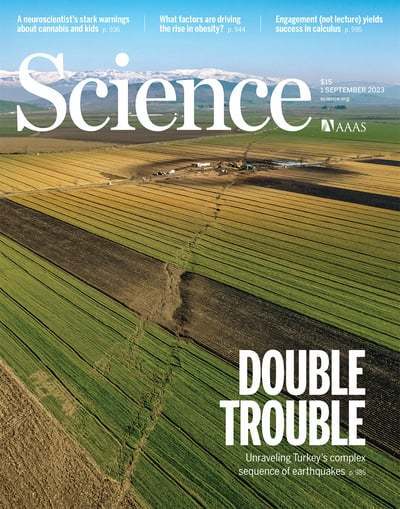
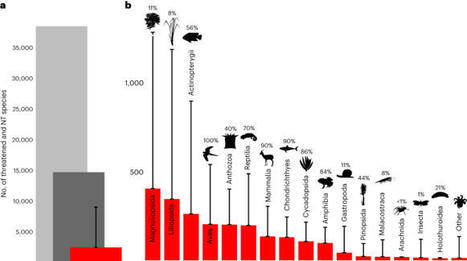
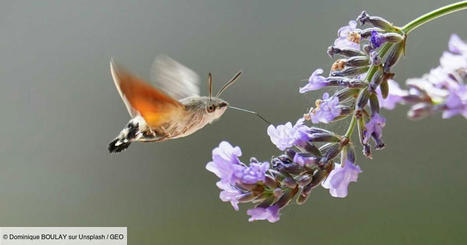
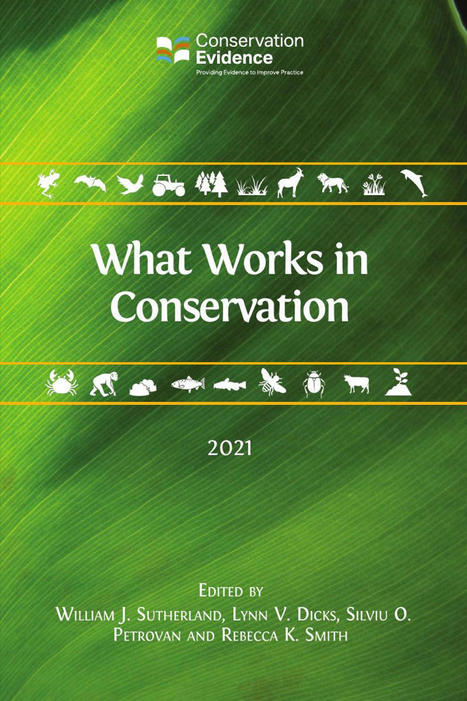

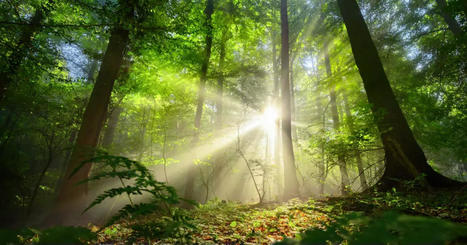


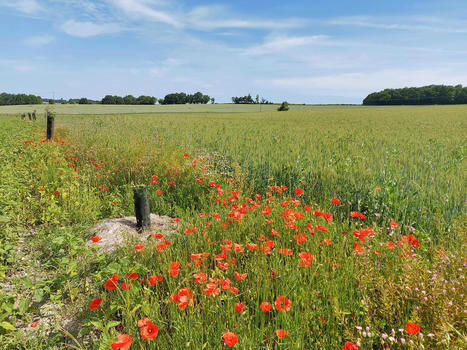
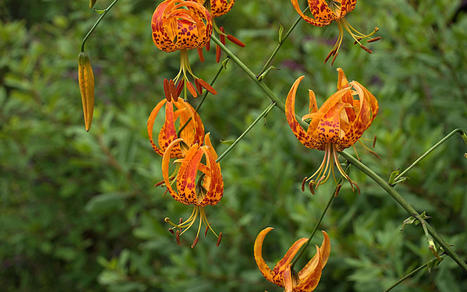
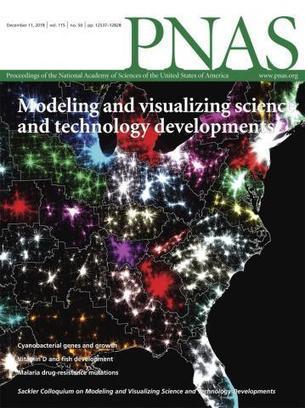





Exemple de projet dont vous trouverez les détails en ligne : Projet ManagForRes - Effet de la gestion forestière sur la réponse des écosystèmes forestiers guyanais aux changements climatiques. Contact Adrien JAILLOUX